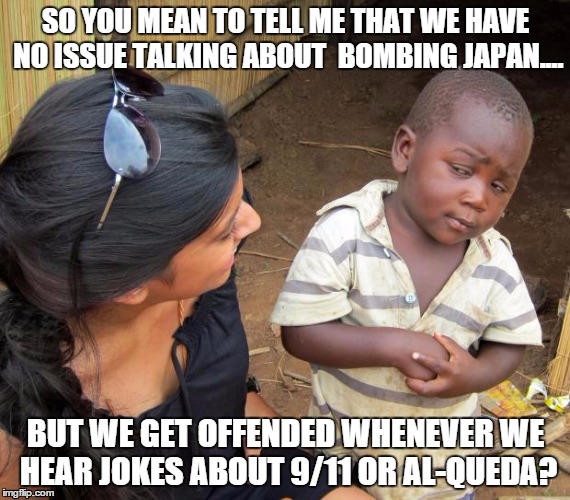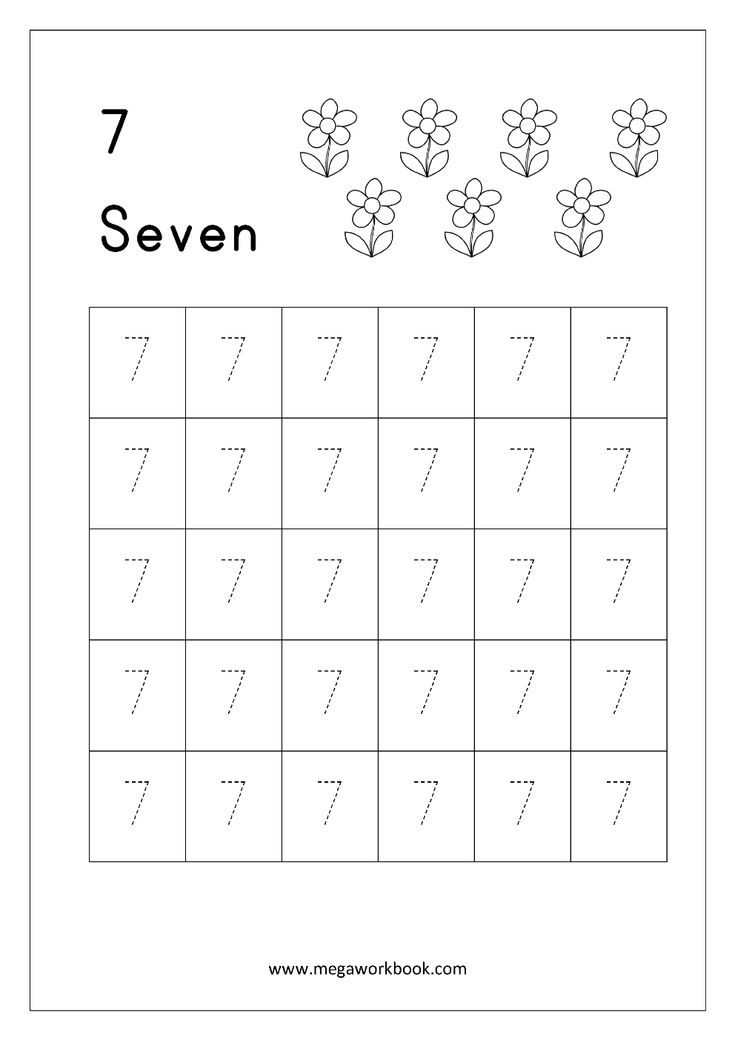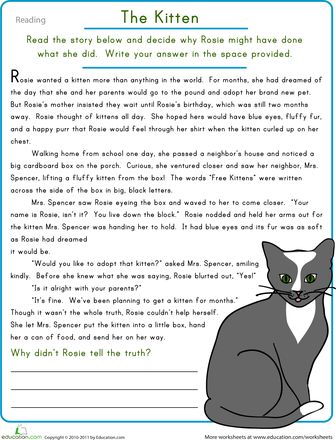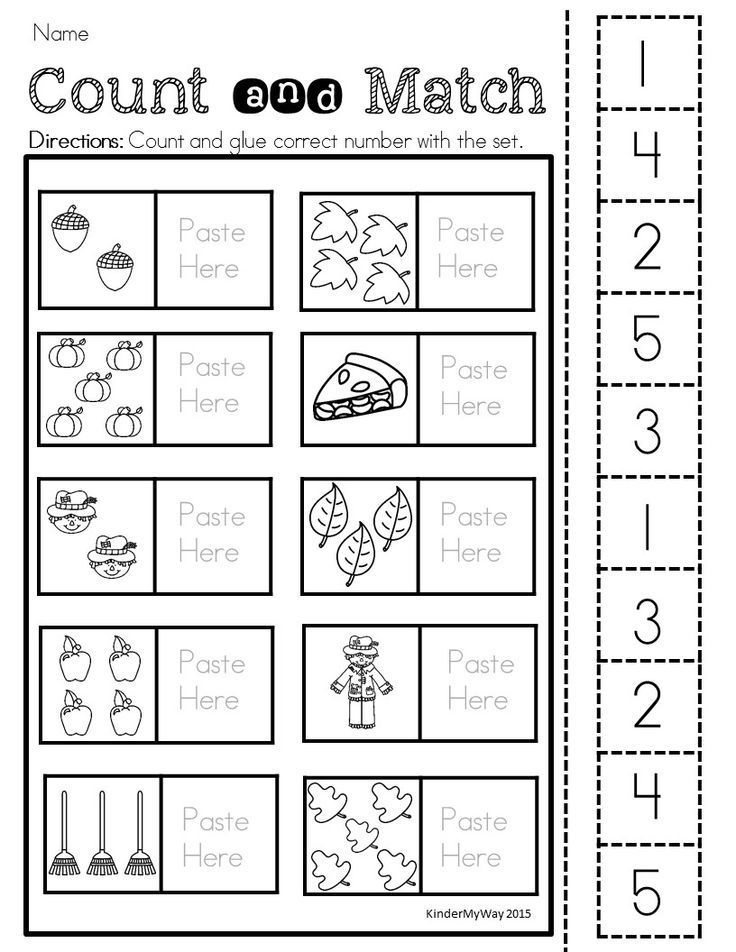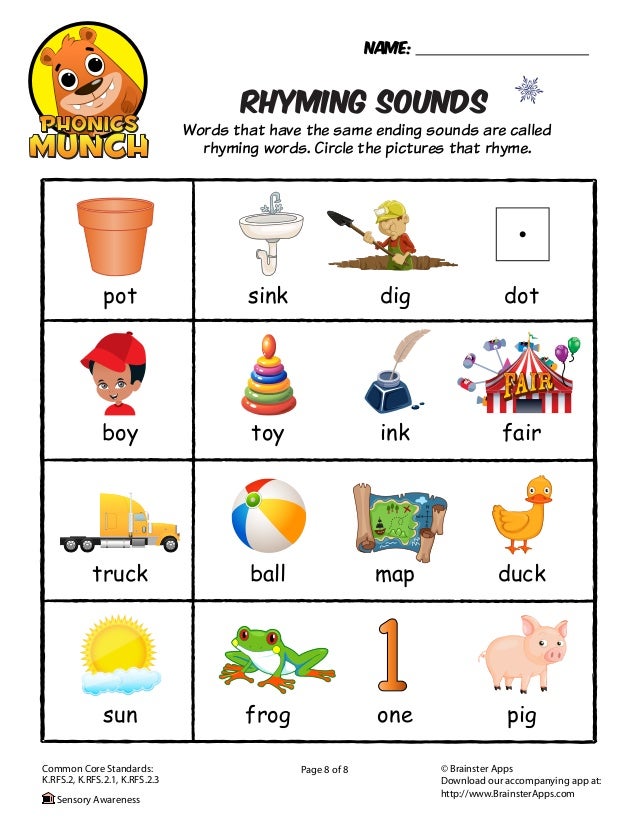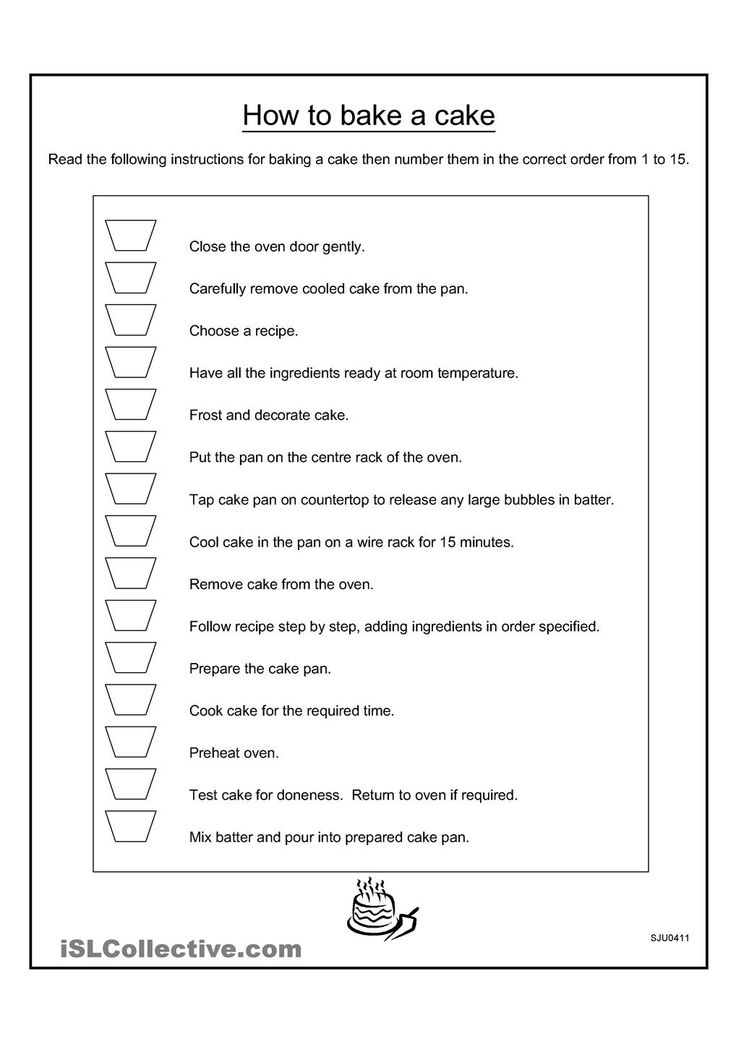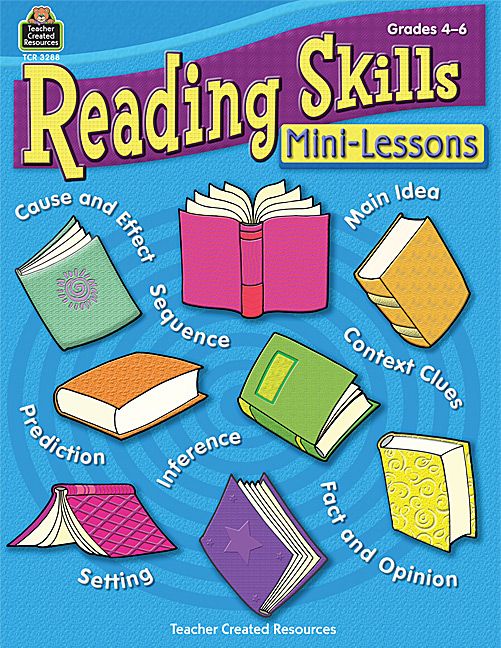When do kids learn to write their names
When should I teach my child to write their name?
When should I teach my child to write their name?
May 6, 2018 by admin 58370 0 7
For Children, writing their own name is a huge milestone. They can identify themselves, they can identify their belongings and… if they are anything like most kids, they can graffiti it on tables, walls, toys and beds and then blatantly deny it to your face!
But even we, as parents, feel this sense of achievement when our child can write their name, it’s one of the first literacy milestones they make and there is a big stigma around it…
But did you know we can actually hinder the process if we teach them to write their name before they are ready!
The norms for learning to write your name differ significantly amongst our young people and we need to acknowledge this as every child develops at a different rate! Age is not the deciding factor for knowing if your child is ready to write. There are developmental milestones that aide the process – things like midline crossing, visual perception skills (including memory), fine motor skills, understanding the concepts of letters and functional gross motor skills all need to be at a certain level to be able to learn writing.
Some children will learn to write their name when they are 2 or 3 (this is rare, don’t feel like your 3 year old should be able to write their name) while others are still having difficulty when they are in year 1 (this is something that I would certainly be working on, but I see it often enough to know its common).
A general rule of thumb is that by the time they start kindergarten we would LIKE children to be able to:
- Identify their name (find it amongst others, even similarly spelt names) and
- Write their name so that adults can recognise it – It doesn’t have to have correct letter formation (although that helps) and it doesn’t have to be written on a line or anything formal like that (in fact I would encourage them not to have a line to write on initially – just a blank page).

What happens if they learn too young?
If a child is encouraged to write before they are ready you will often find:
- They write in individual vertical and horizontal lines to form the letters they see rather than using curved and intersecting lines.
- Due to this, letter formation habits are formed incorrectly and bad habits have started. Keep in mind that the longer a child writes for with incorrect letter formations the harder it is to correct and in the long term their writing is harder to read.
- When a task is hard for a child they often give up – so if a child isn’t ready to write and they find it hard,they will end up not liking writing and the task will have a bad stigma in their mind!
- A child needs to have appropriate ‘visual perception’ skills in order to perceive the letters they are writing – this comes with development, its not something parents can rush! otherwise you get reversals or flipped letters (vertically flipped.
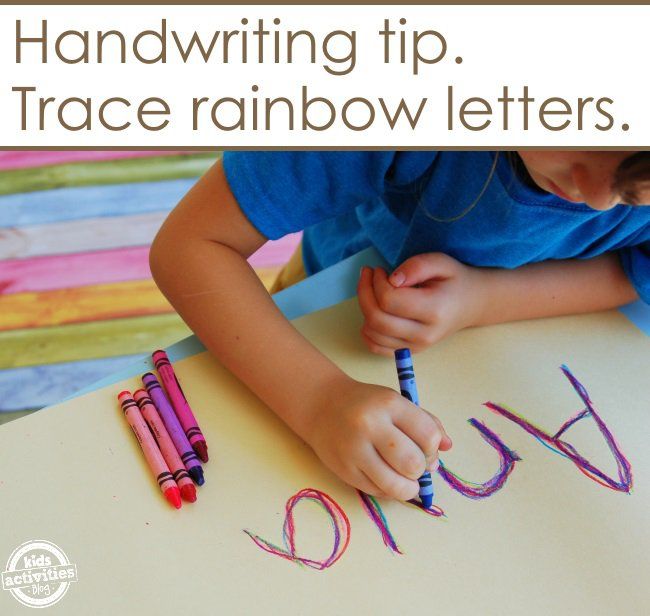 )
)
But please note letter reversals are typical up until the age of 7.
How do I know when my child is ready to learn to write?
Children will be ready at different times and we need to accept that (My twin boys, who had exactly the same exposure and upbringing had about 5 months between the time the first twin was ready and the second twin was ready to learn to write.) Generally speaking – children tend to let you know when they are ready here are a few clues:
- Their drawings start to actually look like what they mean to draw (not just random marks and scribbles)
- They can copy basic lines (vertical, horizontal and sometimes diagonal),
- They can copy basic shapes (circle, square, cross and sometimes triangle) with some resemblance.
- They become interested in letters and will verbalise the letter names and/or sounds or ask questions about letters and numbers they see in their surroundings.
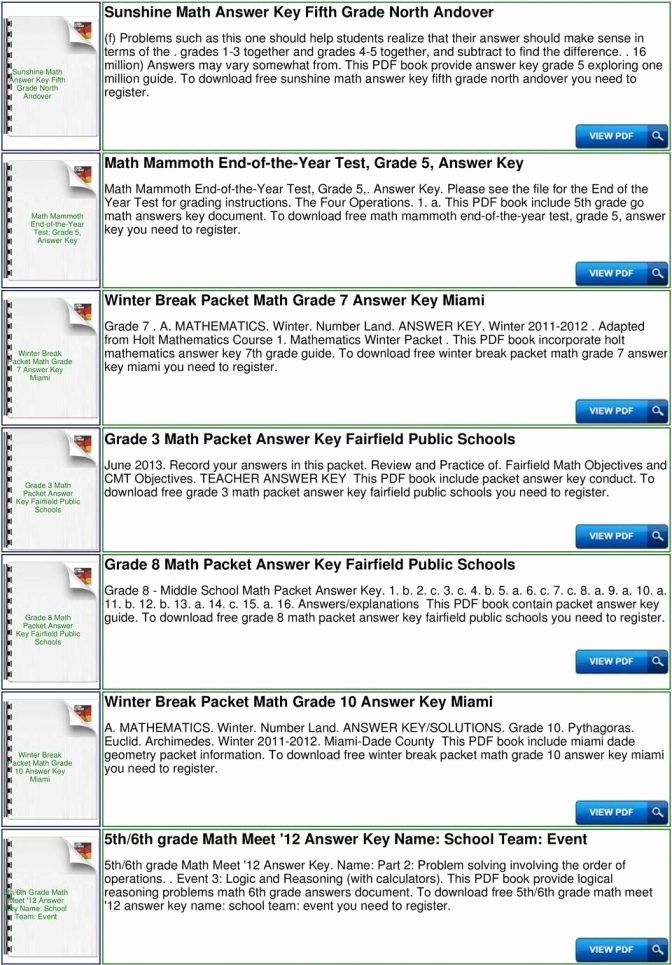
- They orientate pictures the correct way, if your child is handing you pictures upside down they are not ready for writing (this is common in children who are 2 and 3, so don’t panic, just don’t start writing yet.)
- They can differentiate between similar letters like b,d,p,q. When a child can identify that a stick and a ball at the top (p) is different to when there is a stick and a ball at the bottom (b) this is a good indication that their body awareness and understanding of positioning are developing ready for writing.
But please note letter reversals are typical up until the age of 7.
What should I do if my child is taught too early by mistake?
If these occur, stop the process and take a step to the side – depending on your child’s age there are different strategies you can use:
- Go back to practicing letter formations in isolation, just 1 letter at a time.
- Then put them back into their name and other words
- Stay calm, don’t make them stressed about the process
- Rubbing their work out all the time doesn’t actually help very much it may in fact hinder the process, keep their mistakes there for them to see so they can correct them.

- Ask your teacher for ideas
- Seek out an Occupational Therapist for ideas!
How do I help my child get ready to write?
As with most OT skills Fine Motor skills are essential for holding a pencil and writing.
Always work on your child’s fine motor skills first before asking them to control the pencil. Fine motor games such as threading, playdoh, coin manipulation, posting (coins in a money box), pegs in a peg board, independent tool use (forks, spoons, kid safe knives, kids hammer etc).
However, as well as fine motor skills we also require a lot of gross motor skills too! I like to call these skills ‘functional gross motor skills’ as they are essential for learning. Activities like climbing a tree, climbing on play equipment, ball skills – throwing, catching, bouncing, rolling etc, balance games, coytes, running with skill, skipping and following basic body movements are all great activities.
If you feel your child is falling behind in terms of their development functional development, talk to our OT team!
We are always here to help
Now, the next step is actually teaching them to write it – stay tuned for the second part of this blog coming soon!
How to Teach a Child to Write Their Name: Simple Steps
- Share
If you want to learn how to teach a child to write their name for the first time, it can be tempting to whip out a piece of paper and start tracing letters.
If your child is still in preschool, she needs to develop important pre-writing skills before moving onto pen and paper.
Read on to find out how you can go about preparing your child and eventually teaching her how to confidently and correctly write her name.
When Should a Child be Able to Write Their Name?
Firstly, you may be wondering if your 3 or 4-year-old should be able to write their name or why you are practising so often and your child is still not properly writing it.
It’s important to understand that children first start randomly forming and experimenting with letters as part of the developmental stages of drawing.
Scribbles and lines turn into loops and spirals and then shapes.
At some point, between 2 and 4, shapes that vaguely resemble letters start to emerge (like the capital letter T or V). These are not yet necessarily formed on purpose.
At around the age of 4, your child will probably start to “write” on his drawings, which means he is experimenting with forming letters he sees often – in his environment, his name written on his artwork, etc.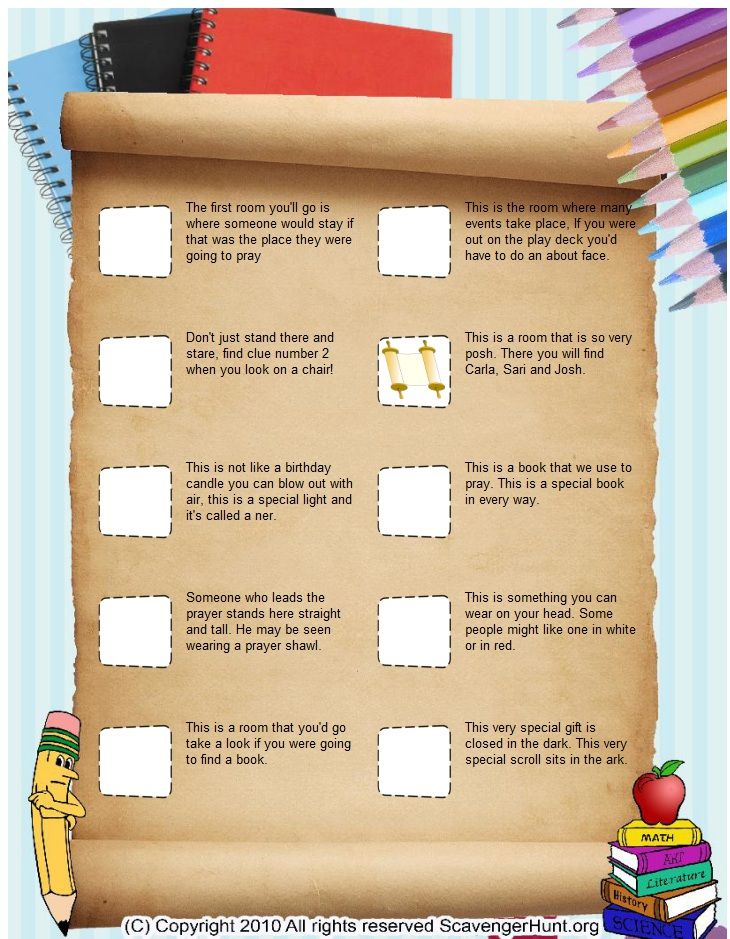
He may proudly announce that he is writing. Your child is probably more exposed to his name than any other word if it’s written on his belongings, his artwork and especially if a parent is trying to practise it often.
The simple answer is don’t worry about it. There is no age that your child must know how to write his name. It will probably start emerging around 4 years, maybe a little earlier or later.
If your child is too young developmentally to be expected to write, then the same applies to his name.
While it is inappropriate to start teaching and expecting your child to write, it is understandable that you may want to practise just his name.
There are ways to do this that are fun and developmentally appropriate and that will not cause stress or worse, boredom!
Should Children Write their Names with Capital Letters
It is easier for a young child to learn their name in capital letters first, as these are made up of simpler lines and curves.
Your child will also experience more success when actually being able to form the capital letters.
While many still believe in only capitalizing the first letter, this article on teaching capital letters first is an excellent explanation of why it’s best not to introduce a young child to lowercase letters.
The occupational therapist states:
“No matter how excellent the instruction, not all five-year-olds have the underlying spatial-temporal perceptions or visual motor skills to support learning lowercase.”
When a child learns to form the letters incorrectly, it becomes more difficult later on to form the letters properly.
Here is a common example of how children write a letter ‘a’ when they don’t have fine motor control yet, or they have not been taught the correct formation.
They tend to draw a circle and then attach a line or stroke onto the side. This will not be an easy habit to undo.
Here is an example of how to teach an older child the correct formation.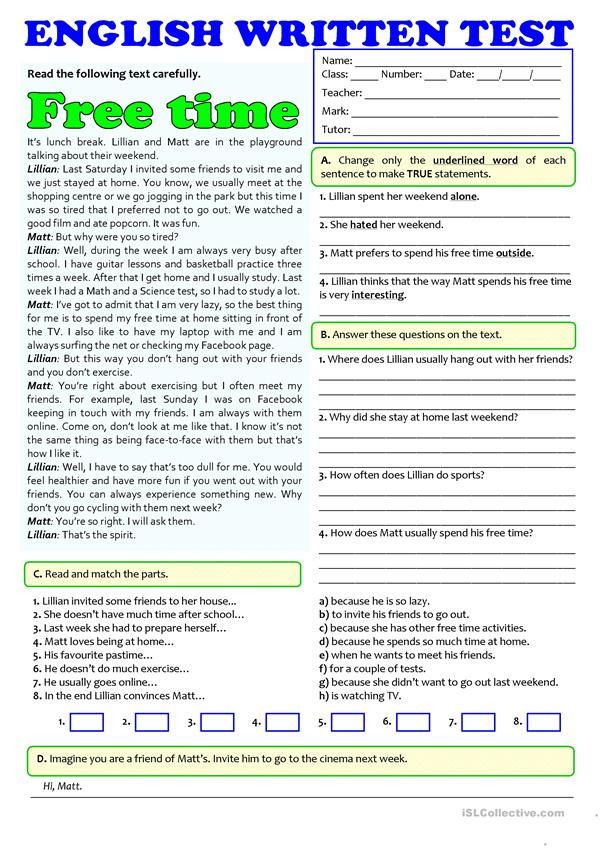 Start at the top, go around to the left, all the way back up, then straight down.
Start at the top, go around to the left, all the way back up, then straight down.
This particular font has a flick at the bottom. Some schools use a font similar to this, or one where the ‘a’ has a straight line without a flick.
This does not matter too much. It is more important to focus on the correct direction and to not lift the pencil to form the line going down.
How Do You Teach a Child to Write Their Name?
Writing is a process of developing many skills, and the very last step in that process is writing letters on a piece of paper with a pencil or pen.
Children begin writing by the first grade because by then they have developed the necessary fine motor control to write correctly and control their pencil.
For preschool children, the first step in the puzzle is to develop their fine and gross motor skills, and later to start learning to write their names by being introduced to letters in many different informal ways.
Put away the worksheets, boring traceables, online apps and any other activity that isn’t play-based.
There’s a reason children are wired to play for the first few years of their life. It’s how they learn. Everything else is a waste of time.
Here is a quick breakdown of the steps involved in teaching your child to write their name.
1.
Develop General Fine and Gross Motor SkillsIn order for children to be able to write – a skill that requires fine motor control – they need to first develop their gross motor skills.
Think of this as starting large and going smaller over time.
Gross motor skills can be built through everyday movement and play activities.
Children should experience movements such as climbing, running, swinging, jumping, skipping and playing with balls.
They will naturally develop these muscles during free play and you can also play games with your children to specifically work on these skills.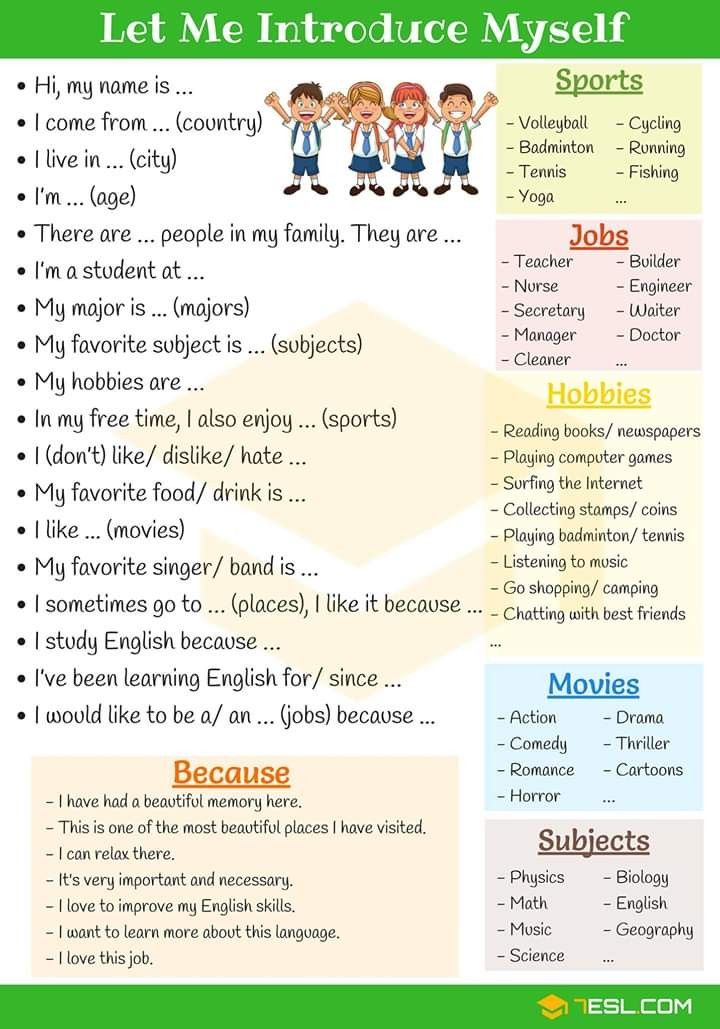
Children develop their gross motor skills first and later their small muscles strengthen.
Fine motor activities include drawing, painting, playing with beads, using pegboards, threading, lacing, etc.
These are all vitally important as children must have good muscle control before they can hold a pencil and write.
Start with these fine motor skills toys you probably already have at home.
2. Let Your Child See Their Name Often
An important step in learning to write a name is name recognition.
A child who sees her name often will start to understand what it represents, imprint it in her memory, and have greater success when attempting to write it.
Write your child’s name on the top left-hand corner of her pictures. This also teaches how we write from left to right and top to bottom in English.
Label her belongings, her bedroom door if possible and any other places that are appropriate.
To help you teach the letters, print your child’s full name out in big on a piece of paper or banner and keep it visible during all the following activities.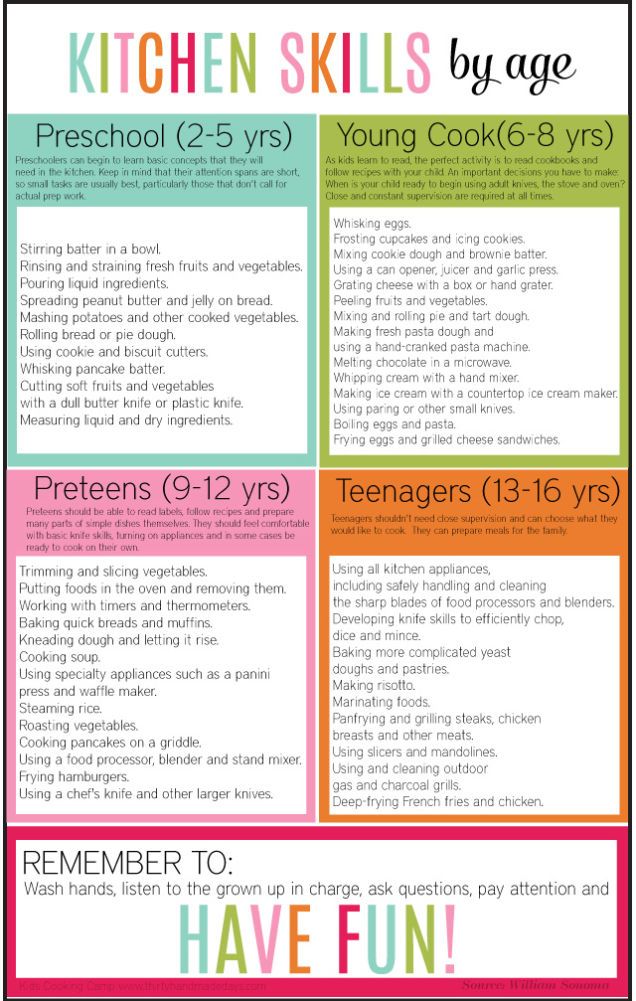
3.
Walk the LettersUsing chalk, draw one letter at a time of your child’s name in huge letters on concrete or paving. The letters should be big enough for your child to walk around them.
Practise correct formation by starting in the correct place and moving along the letter in the correct sequence. Use language to explain the formation.
Let’s start here. Walk all the way up. Turn around and go down all the way to the bottom.
4.
Use Messy PlayMessy play is the best way to teach name recognition and writing. Focus most of your attention on these kinds of activities.
Try to use all the senses if possible – touch, sound, smell, taste and sight. When more senses are incorporated, the concepts are learned quicker and associations are made.
This post contains affiliate links for educational products that I personally recommend. If you purchase through one of them, I earn a commission at no extra cost to you. Read the terms and conditions for more details.
Read the terms and conditions for more details.
The messier the activity is, the more likely your child will remember the letters they were playing with and their shapes.
- Use a large paintbrush dipped in water to trace over medium-sized letters drawn in chalk on the paving.
- Form letters in shaving cream.
- Form letters in a tray of sand or in the sandpit.
- Bake letter cookies.
- Say the letter sounds out loud as you form them (not the name ‘bee’ but the sound ‘b’).
- Write the letters on big pieces of sandpaper and get your child to trace them. Feeling the rough texture is an excellent way to imprint the formation in your child’s mind.
- Use finger paint to trace over letters on large paper.
- Using playdough, build each letter in the name. Try making something that starts with that sound.
5.
Play with LettersLet your child play with plastic, foam, rubber or wooden letters.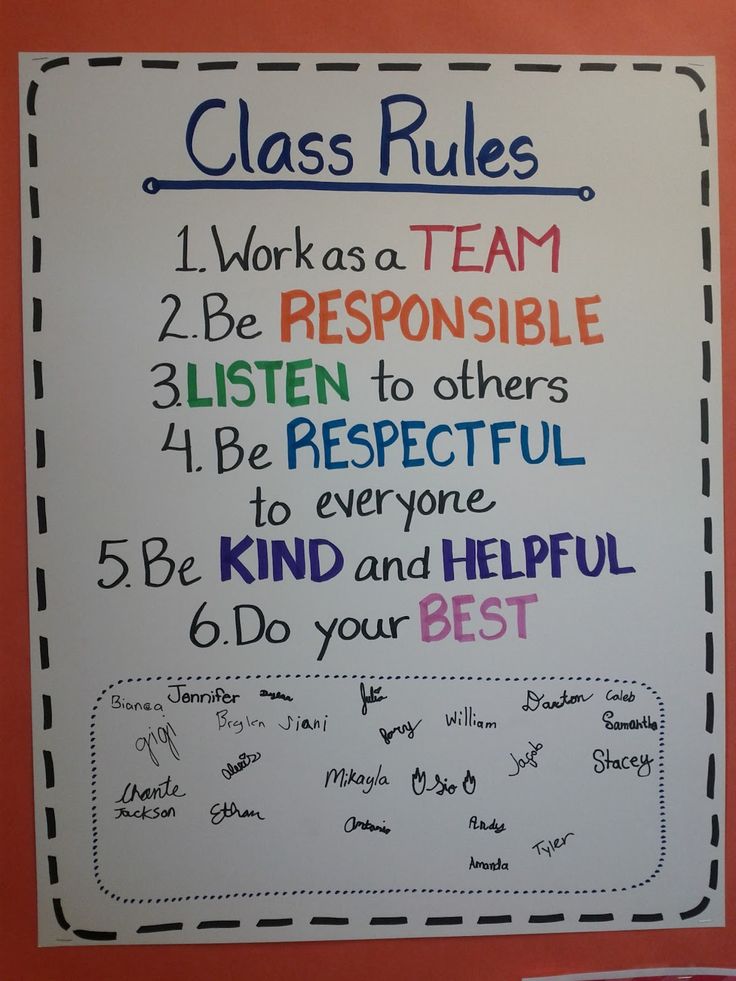
Feel the letters and trace them with your fingers. Build your name with the letters. Say the sound of each letter.
Fridge magnets are a great way to play with and feel letter shapes.
6. Do
Pre-Writing ExercisesMaking lines and patterns is a great way to introduce the shapes and formations found in letters. Try these pre-writing exercises too.
7.
Start Tracing LettersWhen your child is older (and ready) and you have practised letters in multiple ways, they can start tracing big letters on paper.
- Print each letter onto an A4 paper.
- Get your child to trace over each letter with their finger.
- Ask them to trace that letter onto your back.
- Then take coloured wax crayons and trace the letters a few times.
Over time, you can start to decrease the size of the letters. Print your child’s name in grey letters or dotted letters and ask them to trace the letters in pencil.
Later, write their name softly on their work and get them to trace over it, until they are writing it independently, using the correct formation.
If your child experiments with writing their name before the process is complete, don’t stop them. Allow them to experiment with writing freely.
Remember to have fun and let your child progress through the steps at her own pace.
Get FREE access to Printable Puzzles, Stories, Activity Packs and more!
Join Empowered Parents + and you’ll receive a downloadable set of printable puzzles, games and short stories, as well as the Learning Through Play Activity Pack which includes an entire year of activities for 3 to 6-year-olds.
Access is free forever.
Signing up for a free Grow account is fast and easy and will allow you to bookmark articles to read later, on this website as well as many websites worldwide that use Grow.
- Share
Write or read? | Papmambuk
Grandmothers who torture children with prescriptions usually motivate their behavior in the following way: if he goes to school, it will be easier for him. In the meantime, he writes letters, you look, and learn to read.
In the meantime, he writes letters, you look, and learn to read.
The first argument seems dubious: why should it be hard now in order to make it easier later?
But the second argument is justified.
In the traditional school methodology, the so-called "literacy period" includes teaching both reading and writing at the same time.
Such an authoritative teacher as Maria Montessori also believed that writing should precede reading. In her system, teaching a child to write begins at the age of four. Moreover, this letter is “real”, calligraphic. And Maria Montessori, judging by her notes, achieved success along this path. In particular, according to her system, children with mental retardation were taught to write before entering school, which helped them integrate into the general education system of that time.
How was this explained? Writing, unlike reading, is a substantive activity: you put in the effort and the result is visible. This is important for the child. In addition, writing gives the "muscular experience" of the letter. Motor memory is included in the process of sign recognition. And when you write a syllable or a word, you merge the letters and involuntarily pronounce them. Therefore, writing really advances on the path to reading.
In addition, writing gives the "muscular experience" of the letter. Motor memory is included in the process of sign recognition. And when you write a syllable or a word, you merge the letters and involuntarily pronounce them. Therefore, writing really advances on the path to reading.
But there is one very important thing that Maria Montessori did not take into account. Writing is an activity related to drawing. And drawing during the development of the child performs many different functions. A child draws in a completely different way than an adult does. For a child, a drawing is a detailed message about the world around him and about his well-being. This is such a prototype. The classic of Russian psychology, Lev Vygotsky, said so: drawing in childhood precedes writing. But not writing in the sense of the sequential reproduction of letter icons, but in the sense of a written message, an essay.
A child's drawing is a prototype of written speech, a detailed written statement. In the drawing, the child masters the properties of the sign: it turns out that everything around can be depicted using special icons. And this message - in the form of icons - will be clear to others. That is why it is so important to ask children about what they have drawn. Of course, the child does not always tell what he has drawn. Often, in the course of the story, he begins to invent something or “sees” in his drawing something that was not there initially. This is fine. Even good. And this is another component of the development of children's imagination. For us now, the main thing is that an independent children's drawing is a prototype of written speech, in which the imagination is very strongly involved and which is emotionally loaded.
In the drawing, the child masters the properties of the sign: it turns out that everything around can be depicted using special icons. And this message - in the form of icons - will be clear to others. That is why it is so important to ask children about what they have drawn. Of course, the child does not always tell what he has drawn. Often, in the course of the story, he begins to invent something or “sees” in his drawing something that was not there initially. This is fine. Even good. And this is another component of the development of children's imagination. For us now, the main thing is that an independent children's drawing is a prototype of written speech, in which the imagination is very strongly involved and which is emotionally loaded.
Writing at preschool age does not have one or the other.
Yes, you can teach your child to write early. Write beautifully and correctly. And if you are Maria Montessori, then your young students will not even irrigate the recipes with tears.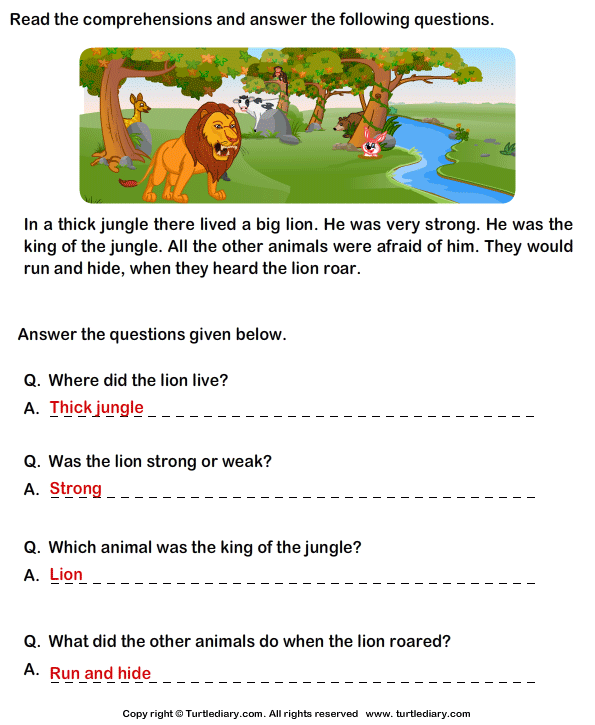 They will even love it. But with all due respect to Montessori, it is impossible to hide the fact that her pupils did not draw. Generally. This was not included in her program. And they didn't listen to fairy tales. Maria Montessori, an advanced woman of her time, was a consistent sensualist who believed that the basis of knowledge is the physiology of sensations. And the main thing in education is to develop these feelings. There is a lot of truth in this.
They will even love it. But with all due respect to Montessori, it is impossible to hide the fact that her pupils did not draw. Generally. This was not included in her program. And they didn't listen to fairy tales. Maria Montessori, an advanced woman of her time, was a consistent sensualist who believed that the basis of knowledge is the physiology of sensations. And the main thing in education is to develop these feelings. There is a lot of truth in this.
But everything that had to do with fantasy and imagination, she considered harmful. Fantasizing, in her opinion, leads the child away from reality, from a real understanding of himself and the environment.
In the 1920s, such thoughts without any connection with Montessori arose among Soviet teachers who professed materialistic philosophy. The so-called "fairy tale debate" that arose at that time called into question the value of many literary works. These ideas proved to be quite tenacious.
But at the beginning of the 21st century, we can say with full confidence that the most important discoveries are made by people with a developed imagination.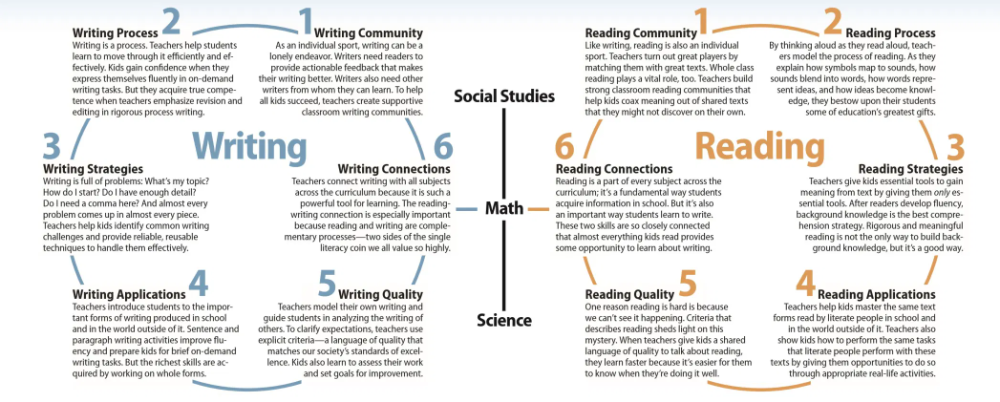 And that in general imagination is a necessary component of thinking. Not only humanitarian, but also mathematical. They say that modern physicists beat all records in terms of the level of development of the imagination.
And that in general imagination is a necessary component of thinking. Not only humanitarian, but also mathematical. They say that modern physicists beat all records in terms of the level of development of the imagination.
So the child's imagination, from the point of view of a child's life prospects, should concern us no less than children's skills related to a possible problem-free existence in the first grade.
And so we must be aware of what drawing is for a child.
Drawing, I repeat, in the course of child development precedes written speech. Developed independent children's drawing is an indicator that the child will be able to express his thoughts in writing.
But, paradoxically, as soon as we begin to teach a child to write, this affects his drawing in the most sad way - simply because these are related activities and drawing is almost inevitably replaced by writing along the way. Many of the children who draw interestingly and abundantly at a young age later lose this ability - if it is not supported by special efforts. That is, if drawing is not translated into another plane - into the plane of fine art.
That is, if drawing is not translated into another plane - into the plane of fine art.
It is for this reason that I would not advise parents to teach their young children from the recipes.
But!
In addition to capital letters, there is the so-called "picture writing" - when a child depicts letters as he "can". when he draws them.
Picture writing differs from copywriting primarily in that it arises spontaneously: the child suddenly begins to draw letters on his own initiative. And most often these letters appear in children's drawings. They are elements of children's drawings - evidence that writing is born from drawing.
Such attempts by a child to draw letters should be appreciated and supported. They signal that the child has already grown up to perceive the letter as a sign. This is the first sign that it will soon be possible to teach him to read. Moreover, he has already begun self-education. Only learning does not take place at the speed with which we want (and we want it at a speed close to the cosmic one), and not at all according to the system that we set ourselves up for. The letter as such, as the message fixed on paper, he has yet to open. And first he discovers the letter as a drawing.
The letter as such, as the message fixed on paper, he has yet to open. And first he discovers the letter as a drawing.
Many parents have probably come across such a phenomenon as imitation of writing: wavy lines, hooks - this is how the child pretends to have written something. And he really wants you to read it. So read on, what do you need? Four year old - read. And be patient to wait until he himself understands that writing is something else.
It is impossible to say how the child will move from drawing letters to reading. More precisely, we can assume some scenarios with more or less active participation of parents. But the main thing is not to rush. The first letter in the picture is just the first sign of spring in learning to read.
When I say "take your time" I only mean the parents. If the request to learn something comes from the child, it must be immediately satisfied - in order to maintain cognitive interest in good shape.
But you remember what happened to five-year-old Frieder from Gudrun Mebs' story “Grandmother! Frieder shouts? Frieder wanted to learn how to write.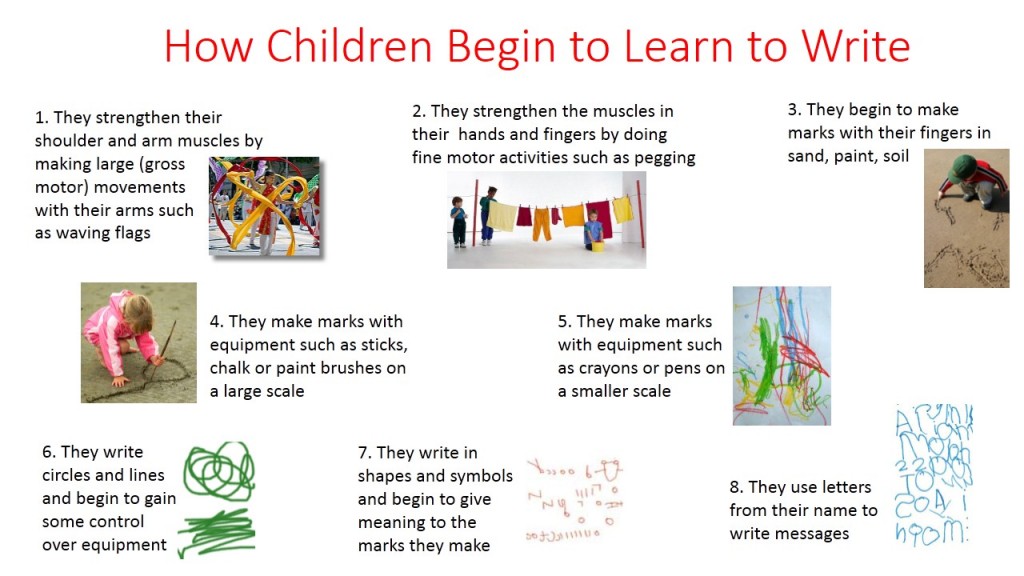 And the grandmother showed him a sample. And Frieder could not repeat the written word. And terribly upset. Then the wise grandmother suggested that her grandson blind this word.
And the grandmother showed him a sample. And Frieder could not repeat the written word. And terribly upset. Then the wise grandmother suggested that her grandson blind this word.
That is, here you also have to be inventive. And it will be right at this stage - an understandable children's request - to use the experience of mankind. In particular, the experience of the same Maria Montessori. And Montessori, who knew a lot about muscle memory, introduced tracing paper as one of the methods of teaching writing.
I have not seen a single child who would deny himself the pleasure of copying pictures, letters and words. Only, unlike Montessori, we will not insist that the letters be written. This is what the child wants.
In general, I cannot but say that writing letters and the ability to write with a pen already looks somewhat archaic and is perceived as an exclusively school skill, which will no longer be seriously needed after graduation. Therefore, I would generally separate learning to read from learning to write.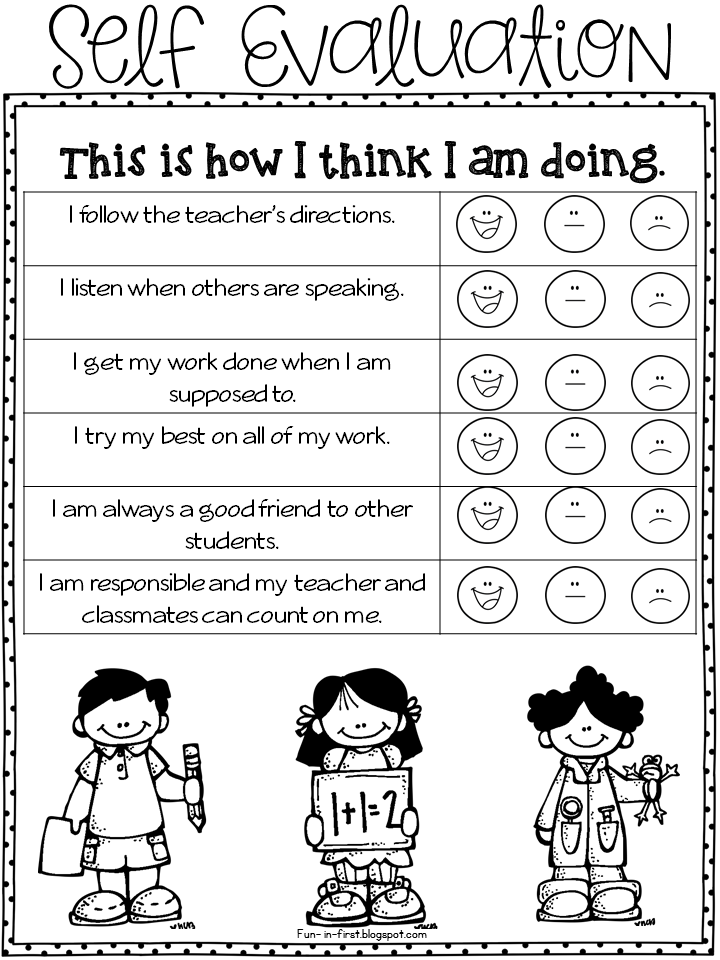 First, I would draw letters with the children and teach them to read. Then, print on the computer. And then, in the third grade, I would introduce the subject “calligraphy” into the program, where it would be possible to deal with already formed, adapted schoolchildren, with their physically sufficiently developed hand and the ability to look at writing as a special art.
First, I would draw letters with the children and teach them to read. Then, print on the computer. And then, in the third grade, I would introduce the subject “calligraphy” into the program, where it would be possible to deal with already formed, adapted schoolchildren, with their physically sufficiently developed hand and the ability to look at writing as a special art.
It will probably be so in time.
Marina Aromshtam
Recipes are not scary. How to teach children to write through a fun game
Many children before school willingly write in large block letters, sometimes they skip letters, sometimes some of the letters are reversed, but they still like to write! But now they go to school, and the prescriptions become a nightmare. Why? And how to change it? By Zhenya Katz.
Different countries have different attitudes about whether it is necessary to write letters without separation, whether copybooks and calligraphy are needed, and if so, from what age.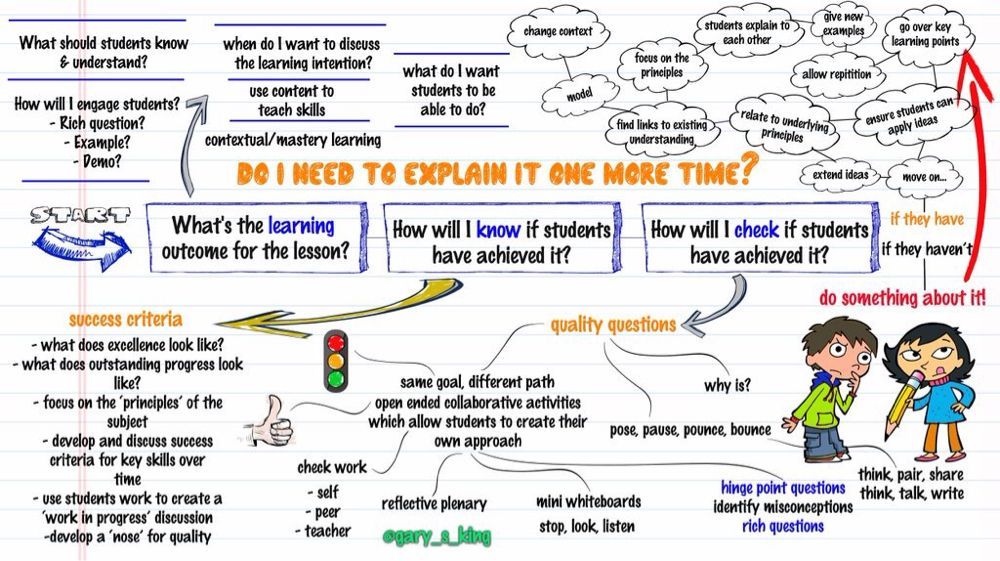 In England and the United States, children write more in single block letters. In France, prescriptions are written, and they insist on it. In China, they start learning hieroglyphs early.
In England and the United States, children write more in single block letters. In France, prescriptions are written, and they insist on it. In China, they start learning hieroglyphs early.
Many psychologists and physiologists agree that it is not useful for all children to write letters without interruption, and they recommend writing separate letters without trying to write everything together.
What's the problem with capital letters? Is it possible to learn to write beautifully by hand calmly and without tears? At what age is it better to start? How often do I return to copybook assignments? Is it possible to learn to write beautifully if bad handwriting has already formed? The answers to these questions are of great interest to parents and teachers.
Let's start with the fact that all children are different, and the difficulties in mastering writing are also different. Depending on the situation, it is necessary to choose suitable games and solution methods. What are the most common writing difficulties?
What are the most common writing difficulties?
Weak hand, weak fine motor skills, the child quickly gets tired of holding a pencil and putting pressure on it
In such a situation, it is important to offer feasible written tasks - and select convenient written materials. Sometimes parents, seeing the difficulties, decide that they just need to postpone all activities related to pencils until the child himself wants to.
As a result, we meet a child about whom the parents say: “You know, he is 6 years old, but he has not yet chosen which hand to write with, and as a result, he writes neither right nor left.” This is also not very true. Let him write and draw at least a little, let him write with different materials, but you should not completely put off these exercises.
It is unlikely that a child who is not used to drawing at all will suddenly learn to write beautiful sticks and letters just because he gets older and goes to school
In our group there are often children with weak motor skills who find it difficult to hold a pencil.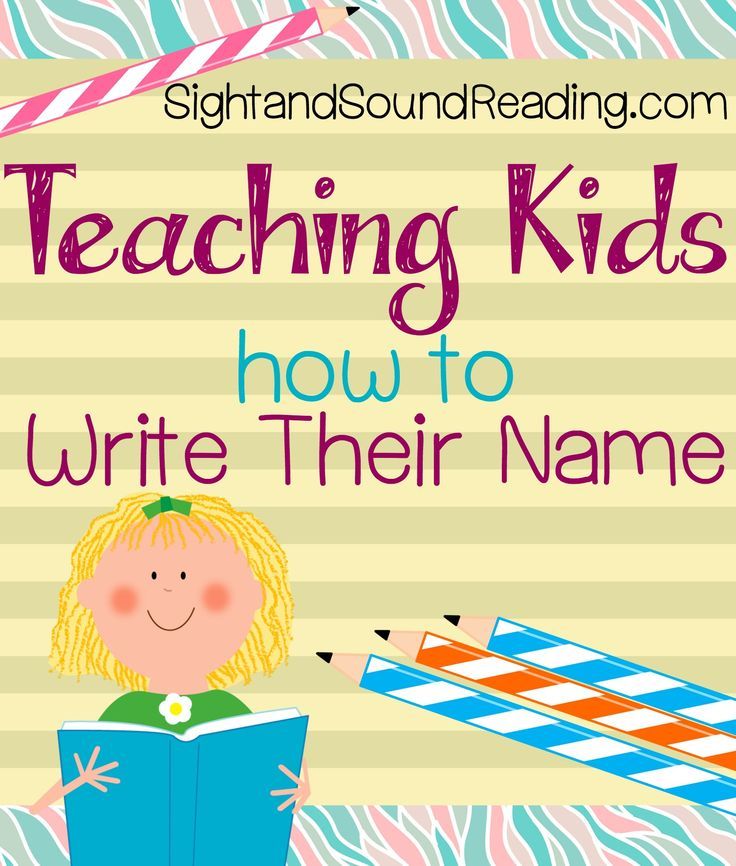 We keep thick triangular pencils 4B or at least 2B especially for them. You can write with soft felt-tip pens, brushes, wax crayons.
We keep thick triangular pencils 4B or at least 2B especially for them. You can write with soft felt-tip pens, brushes, wax crayons.
Some teachers in this situation give a thin hard pencil, they say, let them work hard so that the line can be seen. This often leads to the fact that children strain even more, squeezing the pencil, and get tired much faster. We advise, on the contrary, to give such materials with which it is easy and pleasant to draw, and the result was immediately visible.
Many children like to write with chalk on asphalt, write with berry juice on large sheets, play with semolina or foam and write letters on them.
For children whose hand gets tired quickly from writing, it is important to gradually increase the load. The more tired they are, the worse they hold the pencil. On the other hand, if a child does not like and cannot write at 4-5 years old, and cannot write his name, then sometimes parents think that you just have to wait - it will get better by itself.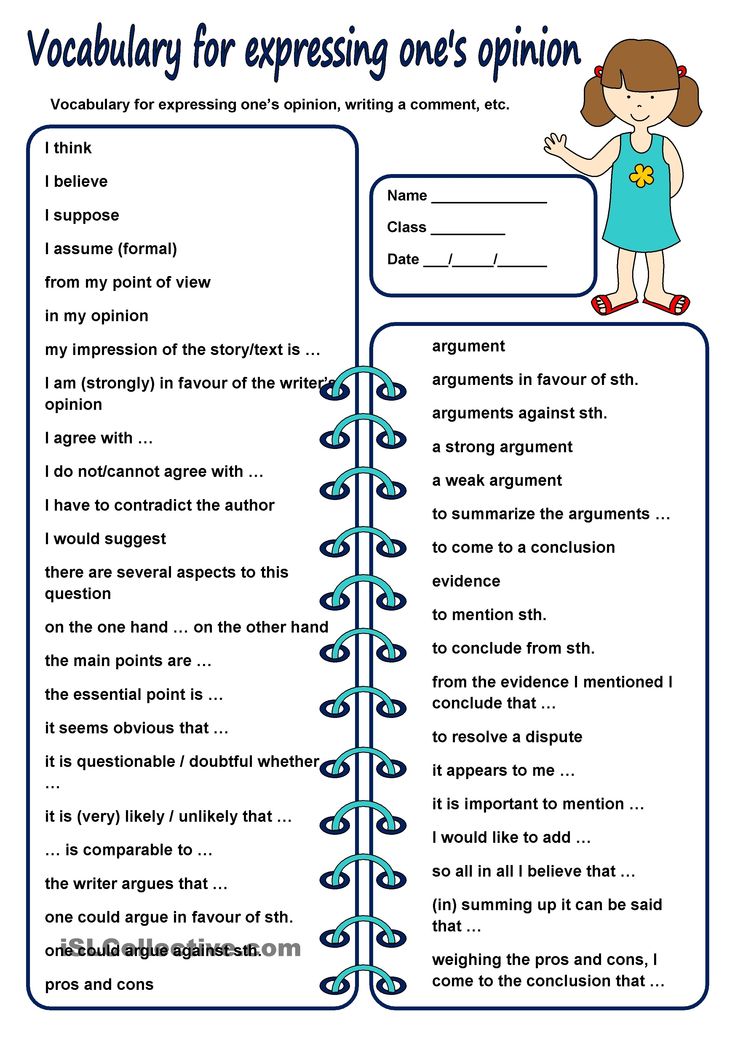 And then - bang - and the first class, and immediately you have to write a lot by hand, and in all subjects - in Russian, in mathematics, and then more homework! Parents suddenly catch on, start insisting on beautiful handwriting, children get upset, refuse, get angry. This is not the most pleasant scenario for everyone, frankly.
And then - bang - and the first class, and immediately you have to write a lot by hand, and in all subjects - in Russian, in mathematics, and then more homework! Parents suddenly catch on, start insisting on beautiful handwriting, children get upset, refuse, get angry. This is not the most pleasant scenario for everyone, frankly.
We usually start by asking at 4-5 years old to sign the name on the pictures, then the name and title, then we call the child to help us write the shopping list, the guest list, the pie recipe. We play drawing, where any funny squiggle is good. We come up with a variety of games with letters, gradually adding different written versions of word games.
It is difficult for a child to write in small letters
If we see that the child cannot draw a straight line, it does not work out to draw or carefully paint over, circles do not work, the line trembles - we must start with very large samples. Do not try to write small letters, squeezing them into narrow rulers.
Do not try to write small letters, squeezing them into narrow rulers.
Do the opposite: take a huge piece of paper and write a letter on it. You can take an A4 sheet and put it in a transparent file folder, or laminate sheets with large letters - one letter per whole sheet. And then we write in transparent with a marker for the board.
In this case, we fix the motor image of the letter, but at the same time we do not run into problems with fine motor skills. You can write giant letters with a stick on the sand, with a sponge on the bathroom wall, or with chalk on the asphalt. Which, in my experience, does not help much - shading and playing with small Lego.
Parents are often surprised: they say, how bad motor skills can be, he plays Lego for hours!
Alas. Lego requires completely different movements, not the same as for writing. And the ability to connect cubes and bricks does not help in any way the smooth coordinated movements that are needed for capital letters.
My friend, mother of nine children Olesya Likhunova, told how she taught all her children to write: they did not start with letters, but with a variety of games with clay and plasticine, so that the child had good motor skills, an eye, and good coordination eye-hand. After that, they took a large sheet and drew one letter on the whole sheet. One huge! First, the mother draws, and the child traces this letter with his finger. Then he tries to write with a felt-tip pen. And the most beautiful of the five attempts is shown to all households and boasted: “Look, what our Petya is like! No one taught him capital letters, and today he wrote such a beautiful “A”!”
Ideally, to make a notebook from wide rulers for first-graders who find it difficult to write small letters. You can give a teacher who will conduct classes with first-graders a stack of paper with large rulers. If we want the child to form an image of a letter, then it is useful to write each letter in a variety of ways:
- with your hand in the air
- sponge on bathroom wall
- chalk on asphalt
- sand or sidewalk sprinkler
- colored water on snow
- tassel on large sheet
- with a finger or the whole palm - on clay, semolina, sand or shaving foam.
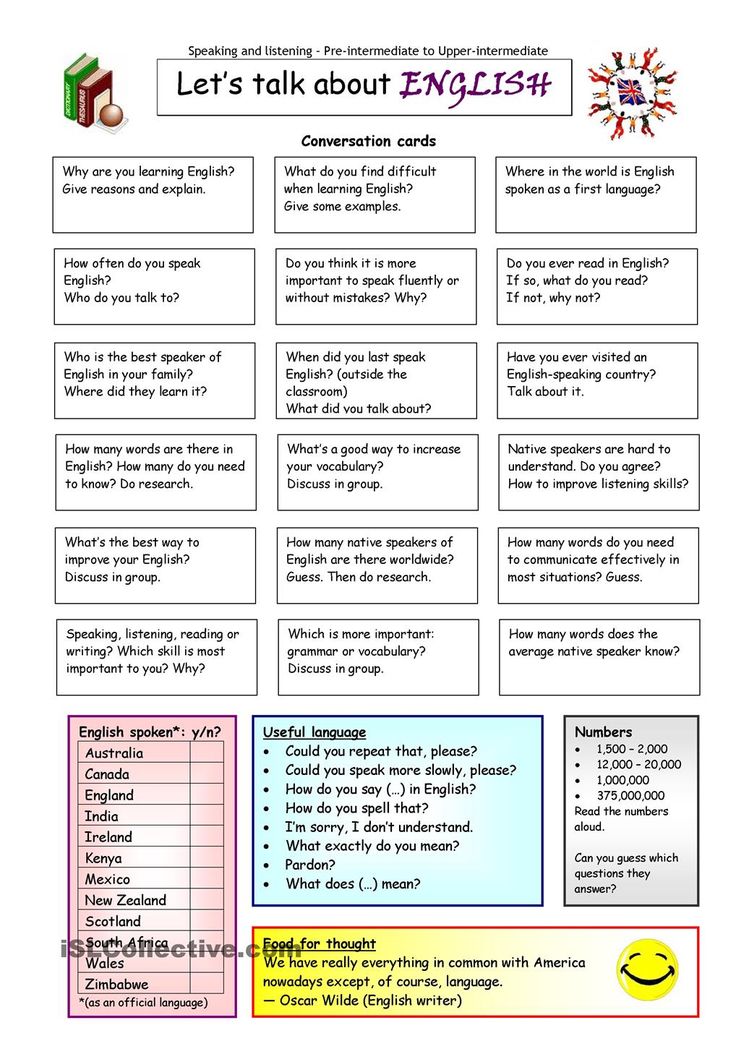
It is useful to lay out letters from sticks, from plasticine sausages, from shoelaces, from nuts and designer parts.
Outlining letters along dotted lines is not so useful, but drawing a family of similar baby letters around a sample letter is good and useful.
You can also make letters-matryoshkas of different sizes, one inside the other, or draw letters on a hill and under a hill, drawing a sheet diagonally.
The child can write letters, but they turn out “wrong”
It happens that the child’s image of the letter is not formed very accurately, and he does not understand what width, height the letter needs to be written in order to come out beautifully. Or he simply doesn’t remember which way the tail of B or D is, or confuses the written letters H and C. In this case, it is useful to draw the same letter with chalk, lay it out from counting sticks, from a handful of rice or beans, from plasticine sausages. It is important to use different materials so that you can easily change the proportions of the letter and see if it gets better.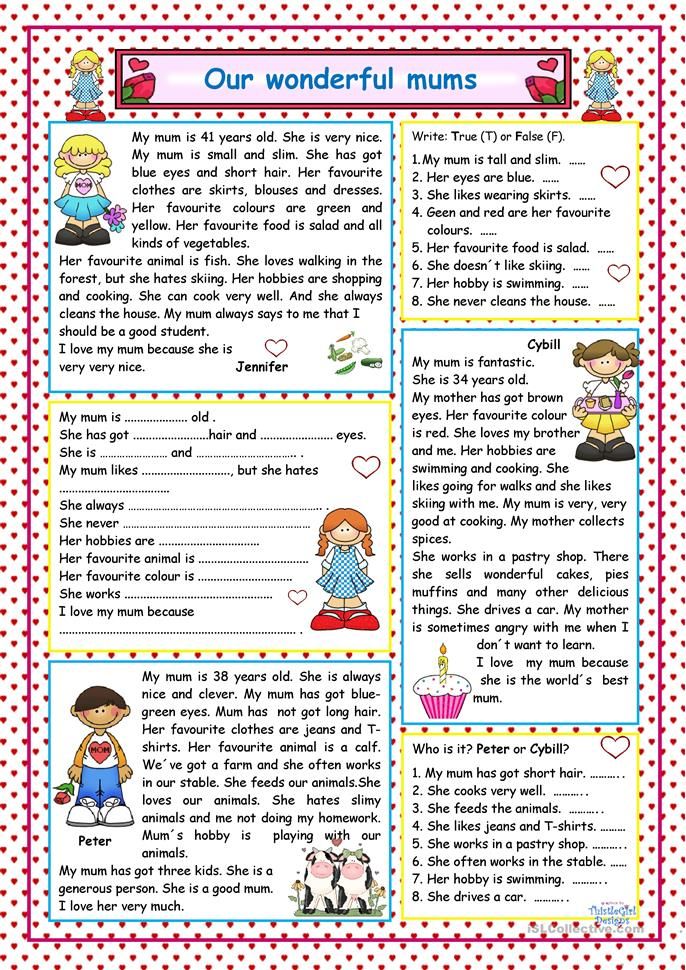 You can draw a line on which we draw letters, not straight, but curved so that "the letters go over the mountains", and then it's not scary that one letter leans to the right, the other is bent - it's even funnier. In general, the more play and laughter there will be in your classes, the better!
You can draw a line on which we draw letters, not straight, but curved so that "the letters go over the mountains", and then it's not scary that one letter leans to the right, the other is bent - it's even funnier. In general, the more play and laughter there will be in your classes, the better!
The child is distracted and confuses the letters
My brother in the first grade wrote "the first of December" instead of "February" because he mixed up the letters and did not like writing. And he wrote this ill-fated "Devra" all month long, both in class and at homework. In such a situation, different attention games work well: for example, find all the written letters "d" among the written letters "c", "f" and "b".
You can do small tasks every day like a correction test - for attention and accuracy. You can compose funny phrases in which all the words begin with this letter: "The purple lantern snorted at the violets." "A good melon perforated the oak."
Child forgets how letters are spelled and what they look like
Some children find it difficult to read and write because they cannot remember what letters look like.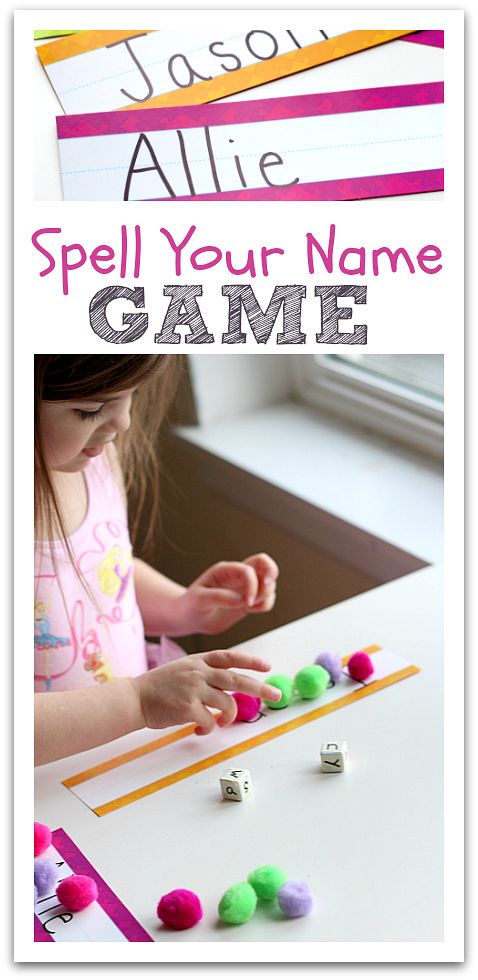 Adults are used to the fact that this icon denotes this sound. And for children, all these icons are often too similar. In this case, we need alphabets in pictures. This is called "forming an association with the image of a letter." We advise you to take the "ABC" by Daria Gerasimova, there in the book "ABC with transformations" each letter has its own image, and there is a rhyme to it.
Adults are used to the fact that this icon denotes this sound. And for children, all these icons are often too similar. In this case, we need alphabets in pictures. This is called "forming an association with the image of a letter." We advise you to take the "ABC" by Daria Gerasimova, there in the book "ABC with transformations" each letter has its own image, and there is a rhyme to it.
You can collect the letter A from watermelon seeds or orange rings, O - from cucumber rings, P - from sticks, W - from cones, F - from dates or pistachios, K - from chestnuts, etc. Then the image of the letter will be associated with the material.
You can remember and write down different words that begin with this letter. We draw the letter "A" and around it we write down and draw different words that begin with this letter: bus, arch, acrobat, orange, watermelon. Then we draw the letter "B" - and a squirrel, a ram, a banana, a drum, a bun appear around it.
What do children like to write about?
According to my observations, children are most likely to write their name, their compositions, fairy tales, homemade books, tips for finding treasures, inscriptions on their maps, price tags when playing shop, tickets when playing theater, their order when playing games.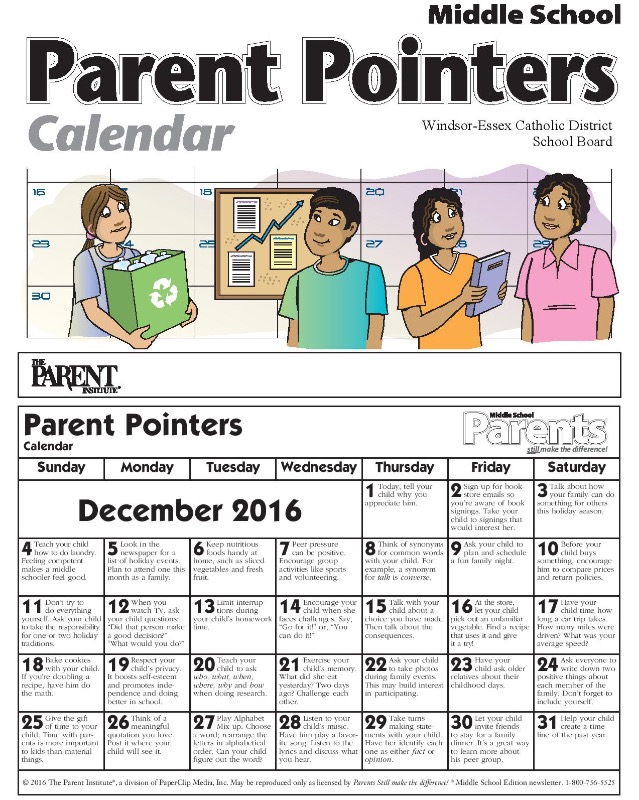 Cafe. Many children are ready to write their own name at least ten times in a row, and at the same time they are ready to experiment, write letters of different sizes, decorate letters with curlicues, write each letter in a new color, master written letters (not all letters, but only their own name), write wide letters or narrow, high or low.
Cafe. Many children are ready to write their own name at least ten times in a row, and at the same time they are ready to experiment, write letters of different sizes, decorate letters with curlicues, write each letter in a new color, master written letters (not all letters, but only their own name), write wide letters or narrow, high or low.
You can add an element of randomness to the games with prescriptions. We throw a dice, and how many points fell out, so many times we draw the selected letter or the selected short word. When the work is divided into small observable pieces, it is much easier to do it, and it is not so scary to start. Perhaps at some point the child will see that there is not much left - and he will simply add letters to the end of the line himself.
If we are only teaching a child to write, it is important to separate literate writing and writing
It is very difficult to learn everything at once, to have time to follow the spelling, the meaning, the beauty of the letters. And therefore, it is most reasonable to separate these aspects of learning. And in any case, there is no need to rush a child who is having a hard time.
And therefore, it is most reasonable to separate these aspects of learning. And in any case, there is no need to rush a child who is having a hard time.
Let's say that in the exercise we are focusing on writing correctly. Then we start by choosing those words that most children can write without errors. Let there be no unchecked vowels, and even unstressed ones. And let it be clear whether the letter is voiced or voiceless at the end. It is not necessary to write off, you can choose pictures - and write captions to them. House, cat, whale, bow, beetle, lamp, table, chair, fox, wolf, hand, porridge, sofa, robot, arch, forest, park, Christmas tree - it's hard to make a mistake in these words. We print pictures - without words, and ask the child to choose any 5 cards and write captions for them! And we can, with a clear conscience, praise everyone who wrote so many words correctly. And then you can come up with funny combinations with these words: “the house flies”, “blue cat”, “red whale”, “fun bow” - and write them off too. Or you can attach separate cards with adjectives to the words that we already know how to write - and write down the funniest. For this, by the way, cards from the game "triple nonsense" are great. Or you can flip through the pages of a paper cutter and write down the resulting nonsense. If we want to teach children to compose, to write meaningful texts, at this moment we must put aside both literacy and the beauty of letters. Let him write at random, skipping letters, making mistakes, erasing and crossing out, as long as the ideas in the text are interesting and the plot is fascinating. As one teacher friend says, let them write an essay with a million mistakes! But by yourself!
Or you can attach separate cards with adjectives to the words that we already know how to write - and write down the funniest. For this, by the way, cards from the game "triple nonsense" are great. Or you can flip through the pages of a paper cutter and write down the resulting nonsense. If we want to teach children to compose, to write meaningful texts, at this moment we must put aside both literacy and the beauty of letters. Let him write at random, skipping letters, making mistakes, erasing and crossing out, as long as the ideas in the text are interesting and the plot is fascinating. As one teacher friend says, let them write an essay with a million mistakes! But by yourself!
And if we focus on calligraphy, then at this moment there is no need to find fault with speed, literacy, etc. Copybooks at school are given so that children learn to write quickly and can quickly take notes. The idea is great, but according to the research of many psychologists, calligraphy goes well at 9-10 years old, and for many six-year-olds, writing is difficult. For uninterrupted writing, they need to strain their hand very much, they get tired, they begin to squeeze the pen in their hand even more strongly, a tremor appears, the letters tremble and “slide” off the line.
For uninterrupted writing, they need to strain their hand very much, they get tired, they begin to squeeze the pen in their hand even more strongly, a tremor appears, the letters tremble and “slide” off the line.
Is it possible to change the situation and make copybook work a pleasant experience?
If we want to write beautifully and be interesting, then we need to start with motivation. If we just force it, then the child gets tired quickly, starts to get distracted, writes worse and worse. And if you allow yourself to choose in what order to write off the words, what will change? Does he write less? Then let's let him set his own order!
You can arrange a lesson-quest and invite the child to choose 5 or 10 words that he is ready to write neatly and beautifully.
You can also offer to do a nice half of the task and not finish the second part. You can offer to write off your favorite poem, anecdote or the lyrics of a song instead of a text from a textbook. Or you can make a homemade picture book. Or write down a story invented using story cubes. You can write a birthday guest list or a grocery shopping list. And you can share responsibility: a child comes up with one phrase, and an adult writes it down, and vice versa. The adult invents, the child writes. Let it be funny nonsense - inventing and writing funny things is much more interesting!
Or you can make a homemade picture book. Or write down a story invented using story cubes. You can write a birthday guest list or a grocery shopping list. And you can share responsibility: a child comes up with one phrase, and an adult writes it down, and vice versa. The adult invents, the child writes. Let it be funny nonsense - inventing and writing funny things is much more interesting!
If we want children to write more on their own and understand written letters better, we can leave them notes written by hand more often
And at first it will be notes written in large capital letters, and then you can write some words in capital letters or even everything. If a child cannot read italics, then learning to write in cursive does not make sense. It will copy the text as a picture without dividing it into individual letters and words. And this will be mechanical copying, which will not help you learn how to write each of the letters separately.
Bonus: for adults
I recommend two exercises for adults to remember how they feel about writing: take a pencil or pen in an unaccustomed hand, and write a number and the words "homework". And then you can try to change the color of the pen after each letter. Please note that in adults the image of the letter is formed, you do not need to remember how to write "a" and in which direction the tail of "d", but still writing with an unusual hand is not very easy. When you write a text, you do not have such difficulties, you think, and the hand itself writes the necessary squiggles. But if you have to stop after each letter (you - in order to change the color, and the child - to remember how this or that letter is written), then there will be more errors, you can easily skip the letter too.
And then you can try to change the color of the pen after each letter. Please note that in adults the image of the letter is formed, you do not need to remember how to write "a" and in which direction the tail of "d", but still writing with an unusual hand is not very easy. When you write a text, you do not have such difficulties, you think, and the hand itself writes the necessary squiggles. But if you have to stop after each letter (you - in order to change the color, and the child - to remember how this or that letter is written), then there will be more errors, you can easily skip the letter too.
Writing is a difficult skill, and for many children writing without interruption is the hardest thing to do. Let's separate writing speed and accuracy then. If we want beautiful letters, then we will not rush and customize. Those letters that are convenient to write together, he will write together. This, for his convenience, was invented by idea.
When I hear that it is very easy for children in the first grade, there is practically nothing to do, I understand that the parents forgot about the letter and the prescription.


